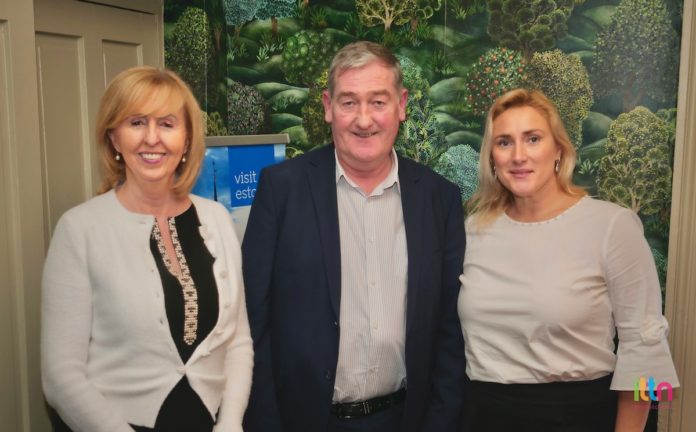
After a festive rendition of the Estonian version of Jingle Bells, Agnia Nast from Visit Estonia greeted the guests. ITTN’s Shane Cullen attended the Estonia event hosted by Visit Estonia as well as Catherine Grennell Whyte and Martin Hannigan both from ATTS Ireland and the Ambassador of Estonia, Kairi Kunka.
Also in attendance were members of the travel media and trade with representatives from Cassidy Travel, Click & Go, Club Travel, John Galligan Travel, Killiney Travel and Sunway.
Lunch at Locks Restaurant in Dublin
The intimate lunch was held at Locks Restaurant in Dublin and was to thank the travel industry in Ireland for their support over the last year.

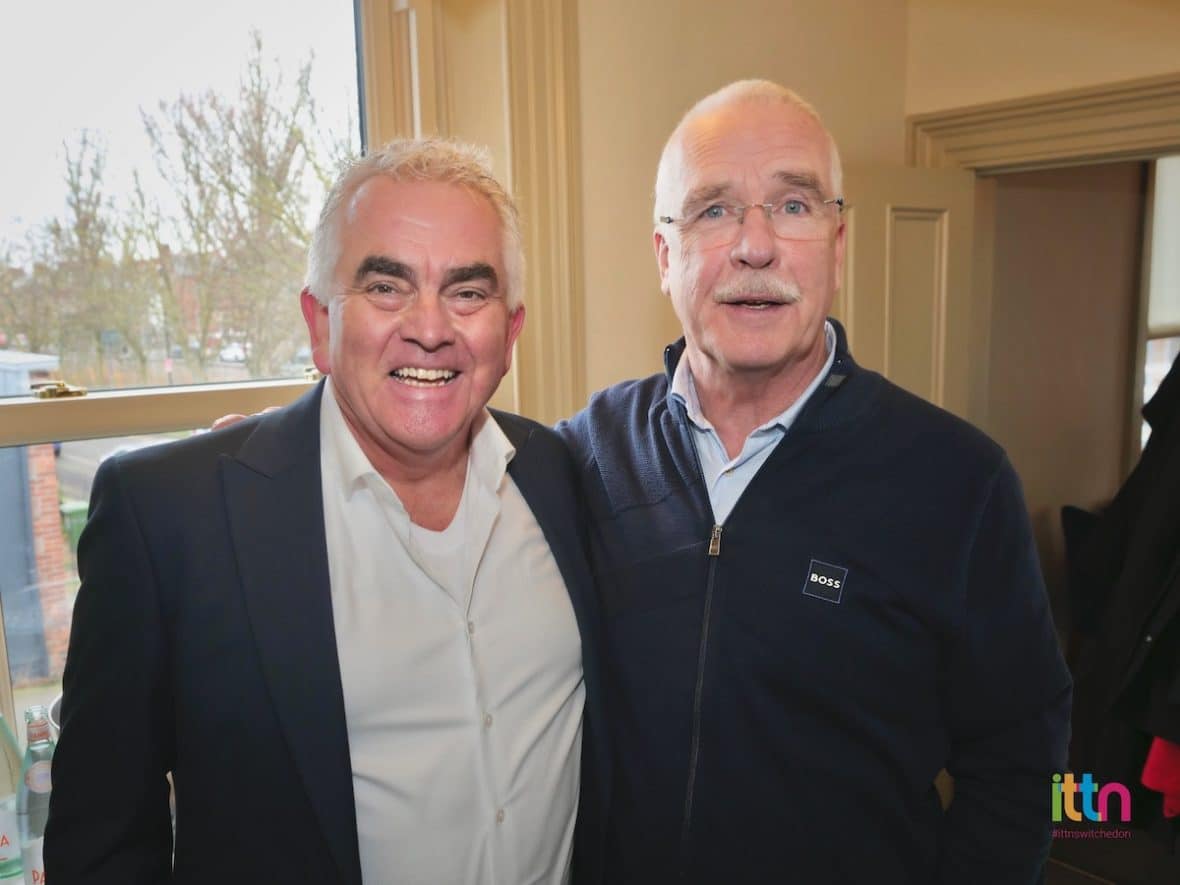
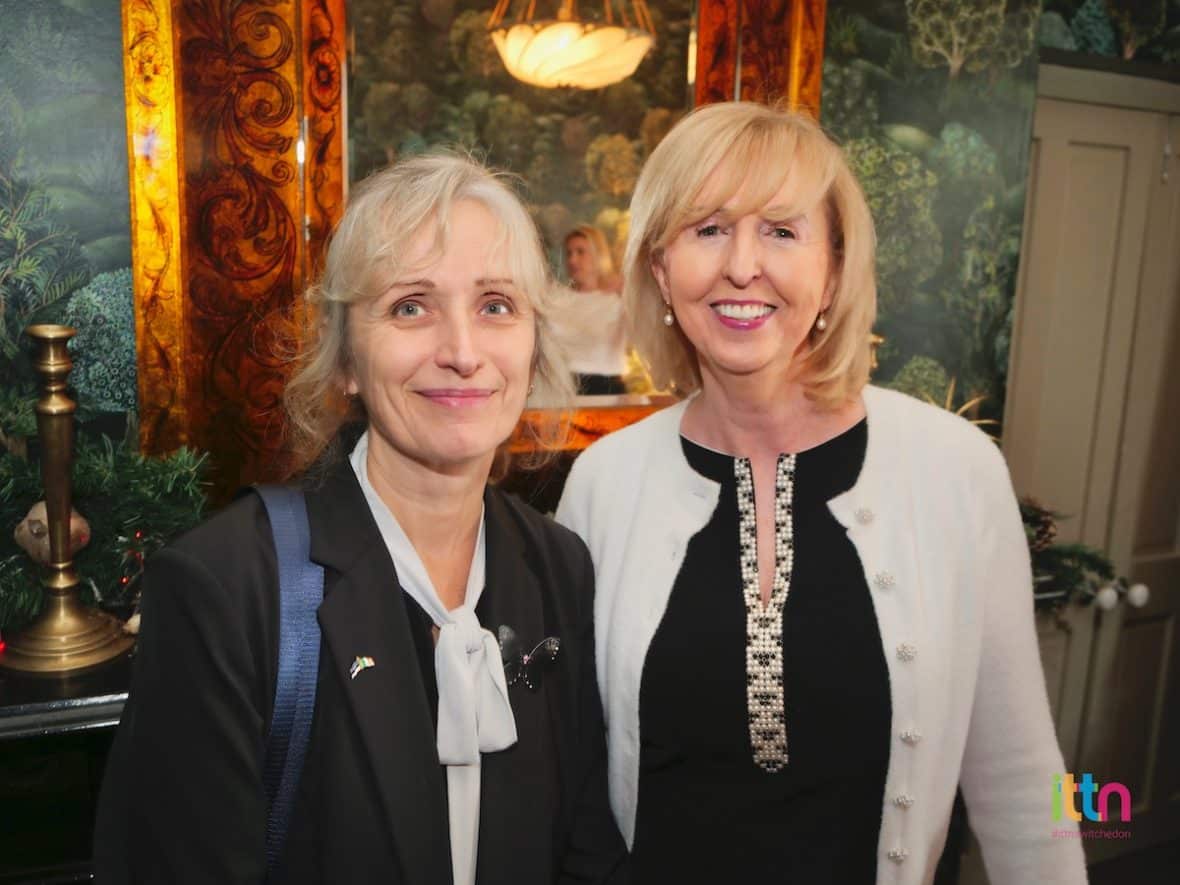
Estonian Traditions and Technology
Gifted to each guest was a Visit Estonia bag designed by an Estonian designer focused on sustainability – no new materials were produced for the collection, enabling a 75% saving of H20 and 80% of CO2 on average. Inside, an Estonian rum & vanilla based liquor called Vana Tallinn which has been around for decades. There’s also a cream-based version so make sure you sample a glass in Estonia. Agnia warned the liquor is 40% proof so it’s strong but also ideal in coffee. As a fan of an Irish Coffee on Christmas Day, I’ll make it with an Estonian twist this year.
Also in the goodie bag is Bog Soap. It sounds a little peculiar but smells like Conamara on summer’s day. Agnia explained the Bog Soap highlights Estonia’s sustainability. In fact, the country is sustainable and always has been. Rather than a new fad, it has always been a way of life in Estonia.
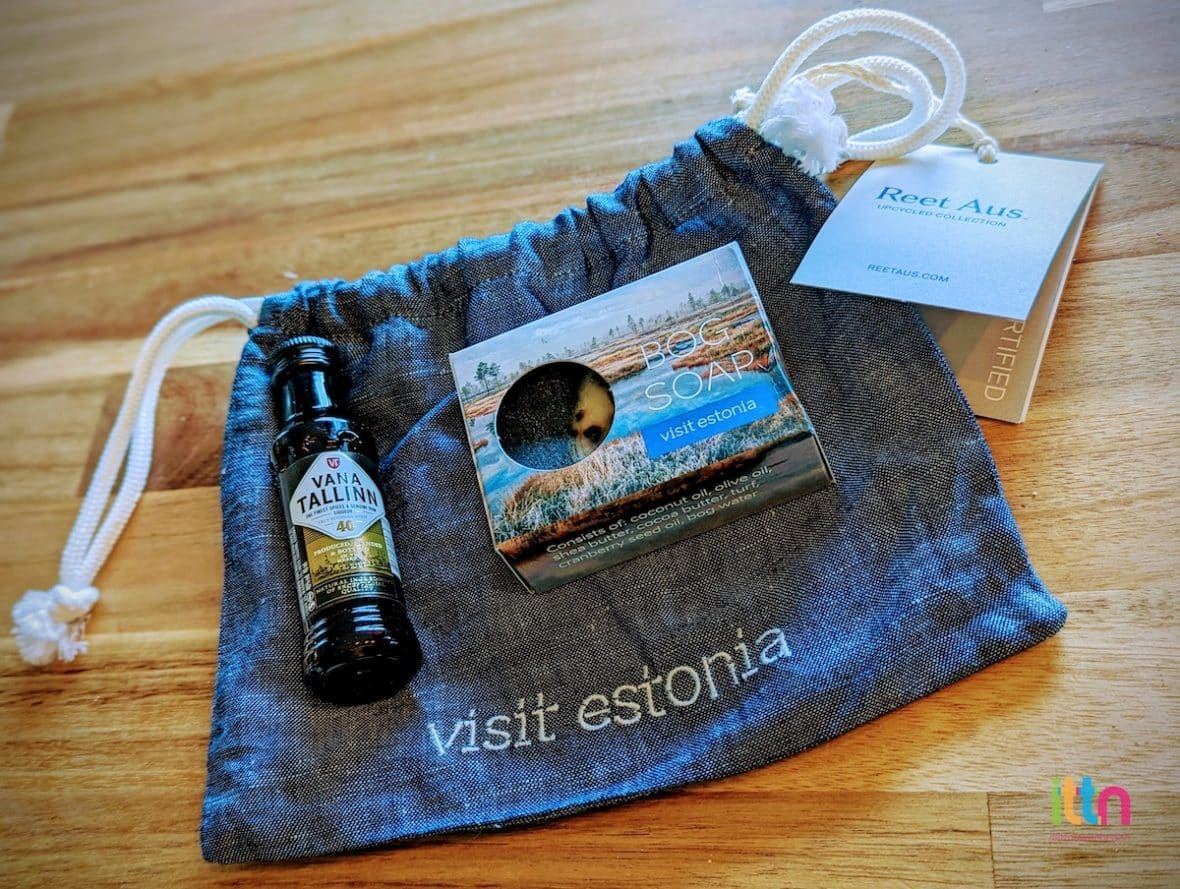
Christmas trees are part of Estonia’s festive traditions Fascinatingly, the Department of Forestry in Estonia has created an app that highlights the location of Christmas trees that need to be removed. Families can pay a nominal fee and they get the coordinates of their tree. The family can travel to the forest, hike to their tree’s coordinates, chop it down and bring it home.
After Christmas, the tree is recycled into tonic (as in gin and tonic) so everything is reused, recycled and repurposed. Agnia explains “It’s the circle of sustainability” and combined with Estonia’s advanced technological know-how, the country is leading by example on how to be sustainable. She adds, “Estonians and their nature, we don’t like to demolish things and build new ones, we try to keep something there”.
Tartu will be the European Capital of Culture in 2024
Tartu, Estonia’s second-largest city, will be the European Capital of Culture for 2024 making it a good time to visit. Agnia highlighted it’s an ideal time to visit given the focus on culture and the exhibitions on in the museums. Furthermore, Tartu is only two hours from Tallinn.
As part of the events, Tartu will be hosting exhibitions, installations, festivals, musical, dance and theatrical performances, community events and more.
Visitors can explore Tartu and the southern Estonian region, immerse in local and international cultural experiences and connect with the welcoming Estonian people.
The Baltic City of Tartu
Tartu is the second largest city in the Baltic state of Estonia and the regional capital with a population of just under 100,000 first documented in the year 1030, it is known as the country’s centre of learning, thanks to its globally respected university and scientific community, as well as being a hive for innovative start-up businesses and the IT-sector.
The wider southern region, with its beautiful, expansive countryside, forests, and wetlands, is home to the indigenous Seto and Võro people and the Old Believers community. Combining long-standing traditions with a contemporary and progressive approach to living.
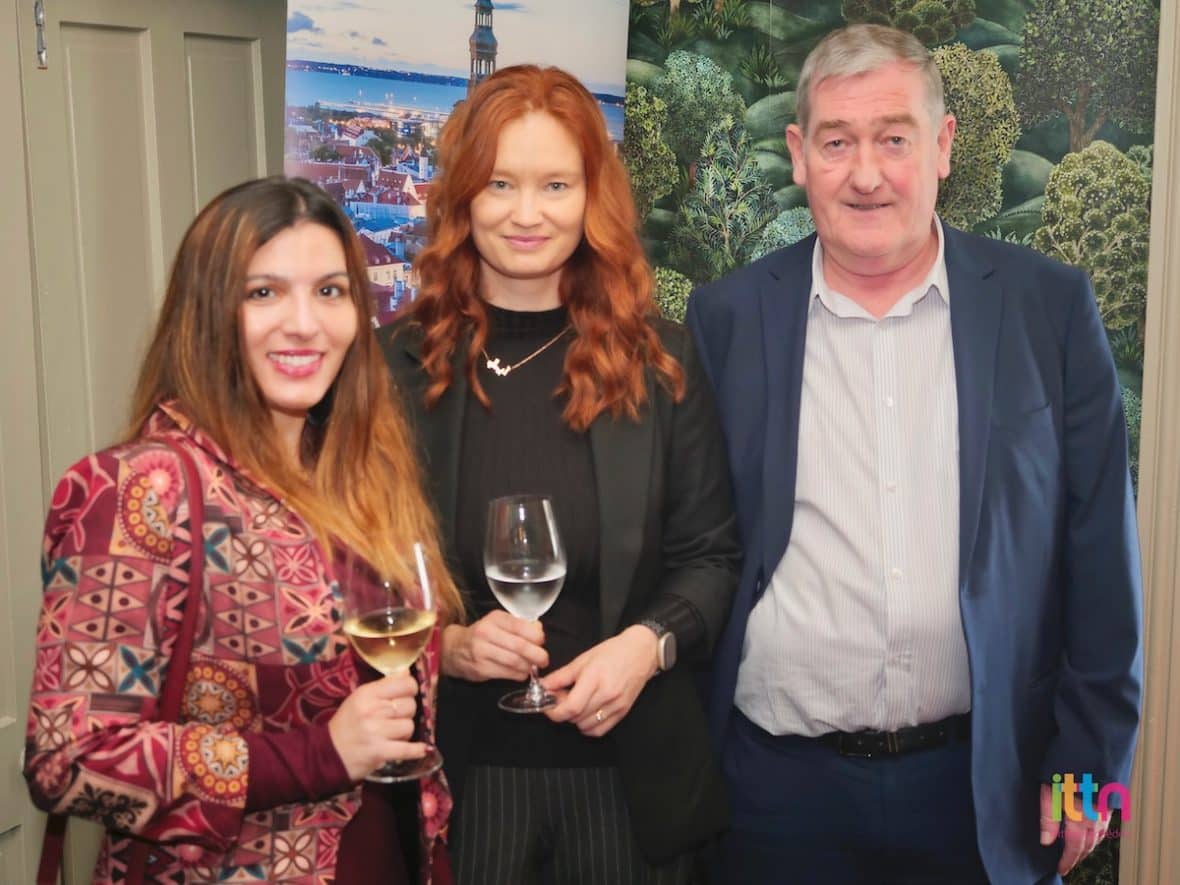

European Capital of Culture Programme
The European Capital of Culture programme in Tartu and Southern Estonia, inspired by the artistic concept ‘Arts of Survival’, will focus on the knowledge, skills, and values that will help humankind lead a good life in the future, shining a spotlight on innovative approaches to sustainability, co-creation, local uniqueness, science, and technology.
The programme boasts a full calendar of over 1,000 events across 350 projects happening throughout 2024, with activities for all ages and tastes and including architecture tours, street and contemporary art exhibitions, light installations, music, film and culinary festivals, and LGBTQ+ events in the city of Tartu and surrounding parishes, most of which are within a hours’ journey from the city. It will be the second time an Estonian city holds the European Capital of Culture title, following the success of capital city Tallinn in 2011.
Arts of Survival
“The Arts of Survival are interpreted by fields of culture, from folk and food culture to music, film, and visual art,” stated Kati Torp, Tartu 2024 Artistic Director.
The role and meaning of the theme Arts of Survival has changed over time, the last few years in particular have taught us a great deal about the importance for the need to adapt to survive. We live at a time when European cooperation, solidarity, and democracy are critical to the survival of culture,” said Torp.
The grand opening of the European Capital of Culture 2024 in Estonia will take place in Tartu on 26 January 2024 with the spectacle “All Becomes One” on the banks of river Emajõgi, showcasing the interconnectedness of people, regions and eras through images, movement, and music.

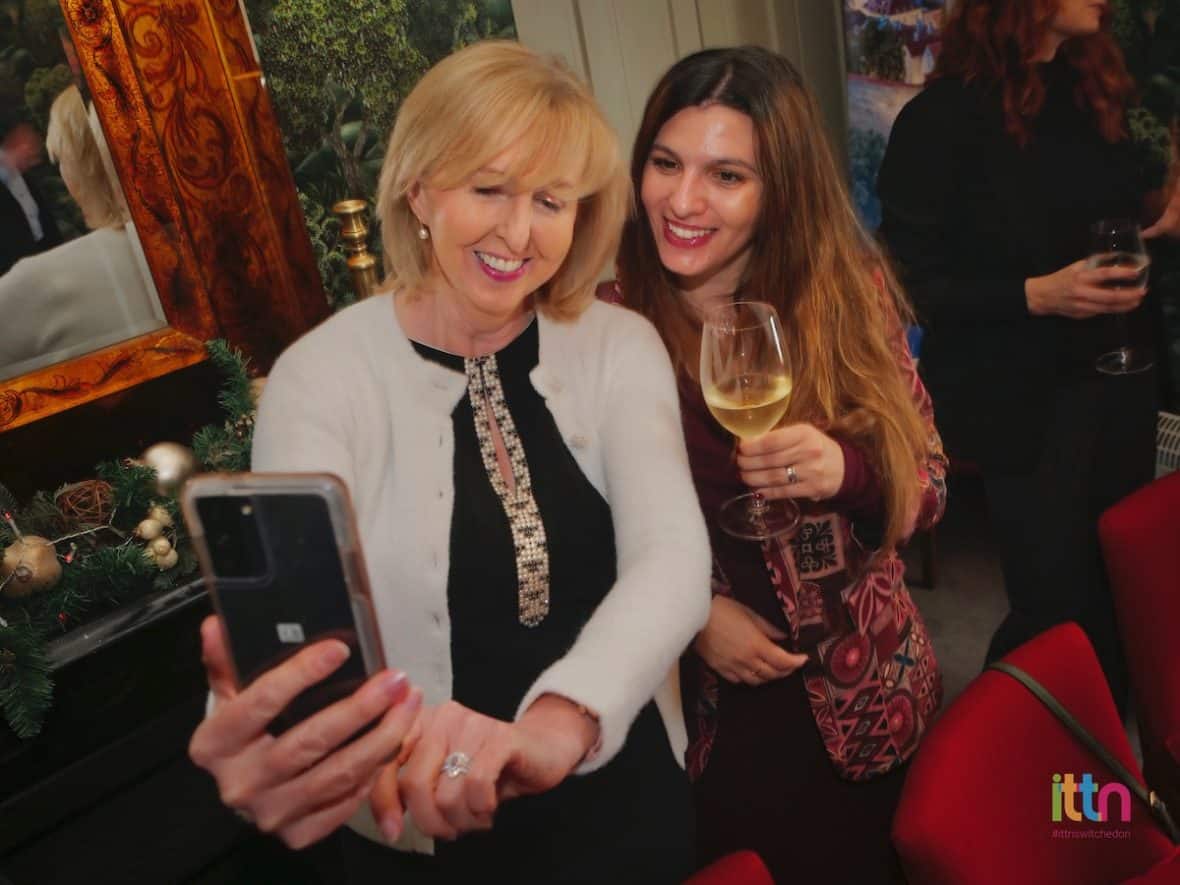
Tallinn, Capital of Estonia
Tallinn, Estonia’s capital, was voted Green Capital of Europe in 2019 and is committed to sustainability, with restaurants like Fotografiska being completely zero-waste. Tallinn is a very safe and easily walkable city. It offers visitors fantastic architecture, lively nightlife and a broad range of restaurants. In 2022, Estonia became the first Baltic country with a Michelin-star restaurant. The Noblessner district of Tallinn has been converted from an old shipyard into a vibrant community of apartments, high-level restaurants, shops and cultural venues. There are plenty of accommodation options in Tallinn with boutique hotels such as Hotel Telegraaf and Hotel Schlossle.
A UNESCO Heritage Site in Võrumaa
There is plenty to do in Estonia, with saunas being very popular with the locals. The smoke sauna in Võrumaa is a UNESCO heritage site. Saunas are described as the original social network as it was where Estonians would gather and interact.

Bike and walking tours are also very popular. Estonia has over 2,200 islands and in the winter the frozen water between the islands becomes ice roads that can be driven on. There is only 80km between the two capitals of Tallinn and Helsinki, which can be crossed by a short flight or ferry. This makes it very easy for travellers to enjoy both cities in one holiday.




